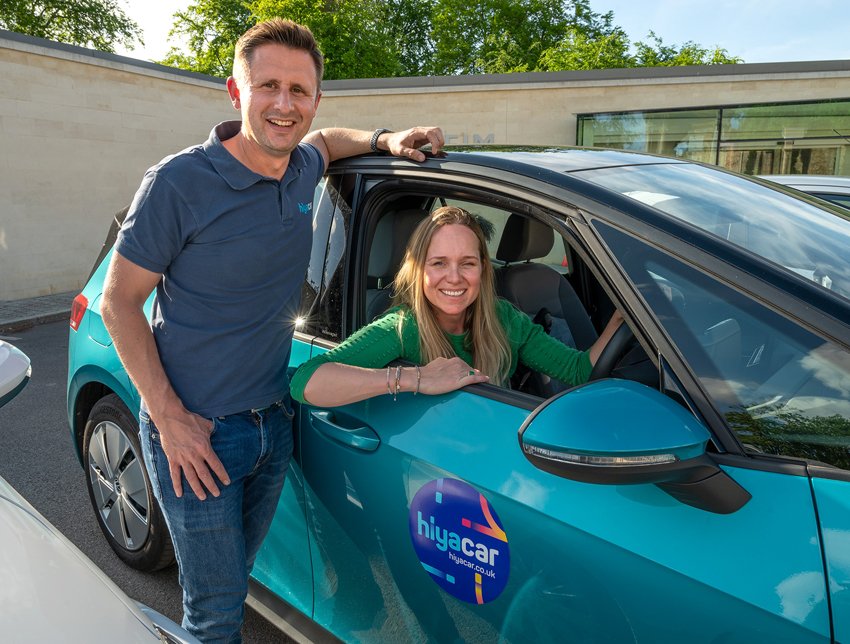Car sharing for a better city
By Emily Kerr
Emily Kerr is the founder of car-sharing campaign group ShareOurCars and a Green Party Councillor for St Mary’s Ward in East Oxford
A year ago, I set up a car-sharing scheme in my neighbourhood in East Oxford. Neighbours make their cars available to other verified local drivers via an app called Hiyacar, which sorts out the insurance and booking. The sharers who provide the cars get a fee for doing so.
It’s like Airbnb for cars.
It turns out that Oxford is one of the UK’s top cities for car sharing, alongside London. We have a relatively low car ownership across the city (in my ward, it’s less than 50%) and for many people, it’s quicker, cheaper and easier to get around by bike or bus and to rent the occasional club car. But the UK is some way behind Europe. Cities like Berlin, Paris, Stockholm and Milan have more than triple the number of shared cars per inhabitant. It’s a trend which is forecast to grow in the UK.
Saving money

With the current cost-of-living crisis, many people are realising that the £4k average cost of annual car ownership isn’t sustainable. It works out at around £10–15 per day (including depreciation) and the average car is used just 3.5% of the time (according to the RAC). With only 35% of car owners using their cars for commuting, and a trend towards working from home, experts predict that car-pooling and car-sharing are likely to rise. Indeed, private car ownership has decreased slightly over the past two years, for the first time in a century.
I’ve spoken to a number of people who have recently sold cars and switched to using a shared car when they need one. There are some common reasons why people have made the shift:
- saving money
- avoiding the hassle of car ownership
- benefiting the environment
There are a number of ways people have managed the switch:
- spending more time in the local community
- cycling more
- sharing lifts
- getting the occasional taxi
Everyone said that once they’d sold their car they used a car less.
Community groups
The car-sharing scheme I set up in my neighbourhood is still going strong. We have a WhatsApp group where people can ask to borrow a car, or they can contact owners directly via the Hiyacar app. Many users also use Co Wheels car club, and it’s reassuring knowing that there are plenty of shared cars available when you need one. Drivers are particularly interested in borrowing EVs.
At the moment I’m speaking to a lot of rural communities about setting up their own local sharing schemes to help families avoid the need for a second car. These towns and villages are often too small to have any organised car clubs so this type of peer-to-peer lending is a new way of looking at the car-sharing economy.
A better city
Car-sharing makes sense for many families, but it can also significantly improve streets in Oxford. Fewer cars parked on our narrow streets makes it safer and easier for pedestrians and cyclists, and allows emergency vehicles to pass. Less space for cars means more space for people and trees.
To create a viable alternative to private car ownership for everyone, we need a high density of cars available for drivers to borrow — a shared car on every corner. The more people share, the more we can make that happen. Co Wheels is putting 30 more cars into Oxford in the next year: each one can take up to 20 private cars off the roads. And if you own a private car, you can make some money and help increase car-sharing right now by making it available for others to borrow when you’re not using it via an app like Hiyacar, Karshare or Turo.
